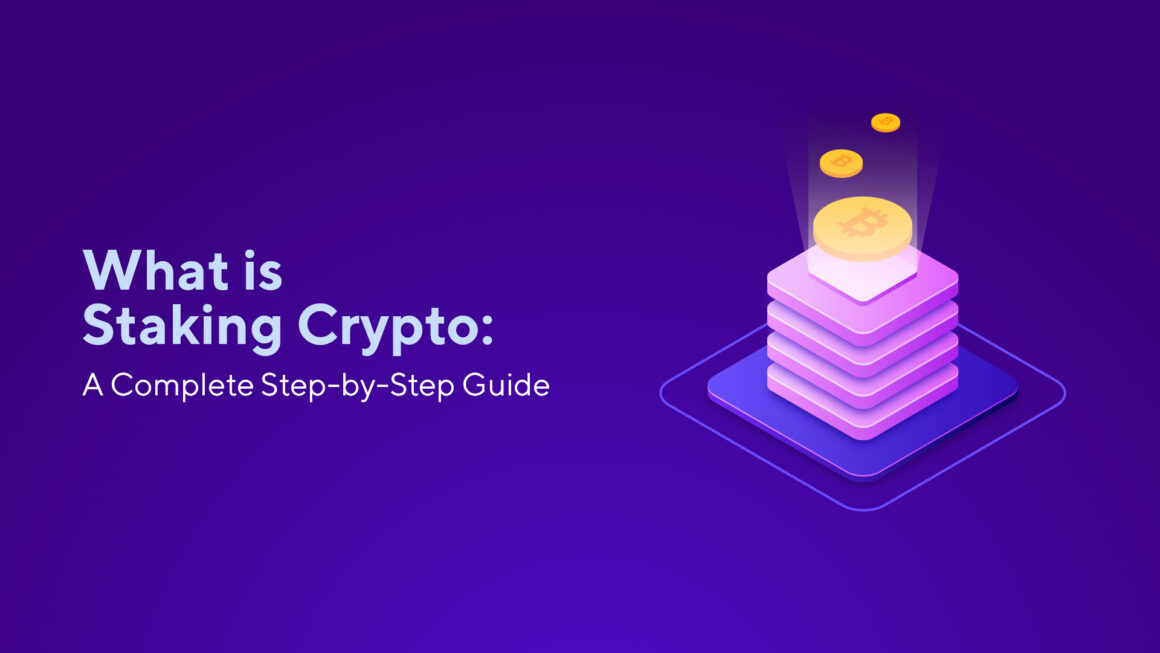Nowadays a lot of people wonder ‘What is staking crypto?’ and how it works. Today, Switchere will help you find out! The PoS consensus mechanism offers undeniable benefits compared to PoW. Above all, a reduced energy consumption and mitigated environmental impact.
Proof of ownership on relevant coins allows you to verify blocks, carry out transactions as well as to be rewarded with crypto staking rewards. Participation in a decision-making process was also made possible. This fact will probably make PoS blockchains more secure and decentralized.
Staking as an investment offers many opportunities and is expected to continue to grow in the future. Staking rewards are a tempting alternative to generate income. If an increase in coin’s value is also promising, the total income can increase enormously. Just get ready to know more about staking crypto. Learn more with our step-by-step guide!
How Does Staking for Crypto Work: Is It a Passive Income?
In contrast to PoW, the PoS is based on a proof of share. Experts underline an advantage of higher energy efficiency in the proof of work mechanism. Blockchains based on the proof of stake don’t validate blocks via mining but via crypto staking. Validators are selected according to the number of their shares and receive rewards. As a rule, the following motto applies — the more coins, the more rewards.
The advantages of the PoS mechanism are quite obvious. Hardware and electricity costs are eliminated. In addition, the PoS mechanism is environmentally friendly and enables greater scalability.
So, what is crypto staking and how does it work? There are several options to get rewards. Since a share is the most important one, many crypto owners form so-called staking pools. This is a community that is pooling its holdings to get more validations on the network. With this model, payments are made as a percentage.
These pools are ideal for meeting certain minimum requirements (coin holdings to participate in a program). Staking in crypto can still be a profitable business model, depending on a coin and rate.
Staking Wallet Crypto: Key Types of Staking Providers
In general, diversification is a key to a successful investment strategy. Therefore it makes sense to use different blockchains when staking crypto. You should study each project carefully. What’s the use of high staking rewards if a coin loses its value in the long term. The total number of coins staked also plays a role. As if they’re ‘frozen’, an offer will be scarce, which can also affect the price.
If you cannot raise a minimum amount of coins to stake directly with a full node, you can participate in staking via so-called staking providers. With these staking services, a basic distinction is made between custodial and non-custodial ones.
Custodial
Here a user trusts his/her coins to a central provider like Kraken or Binance and regularly receives rewards on a staking wallet crypto in a customer account. A provider collects part of the staking rewards as fees. The risk here, as with any centralized exchange, is that there is no full control over your coins as well as your keys.
Non-custodial
With a non-custodial one, you can participate in staking without transferring ownership of coins to a third party. In this case, staking providers take part in staking with a full node and involve a client in staking without transfer of ownership. In case with non-custodial ones, staking service providers collect a certain percentage of staking rewards as fees as well.
Staking Crypto Coins: Is Staking a Worthwhile Investment?
Once we’ve found out what is staking in crypto, let’s find out should you take part in staking or not? Or is it not enough to invest in a promising coin and speculate on an increase in value?
A lot of users think about staking crypto coins because they’re absolutely sure about the concept and would like to support the network. Others, on the other hand, are more interested in a passive income, similar to money-invested methods.
As with any kind of investment, the following rule also applies to staking — the higher the rewards, the higher the risk! Not without reason, government bonds have different rates of interest. Some states have been stable for decades, while others have always been bankrupt. Therefore, it’s advisable to look very closely when offering staking returns of 40% per year or more.
What do you guys think about staking? Just share your thoughts in the comments!

Leave a Reply